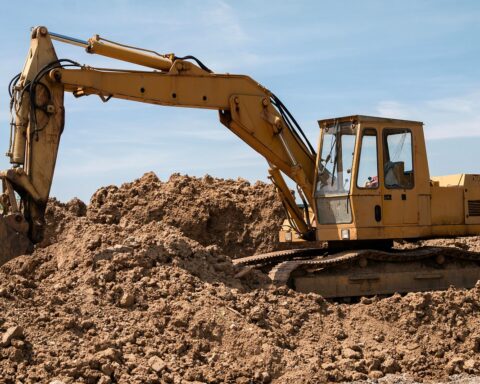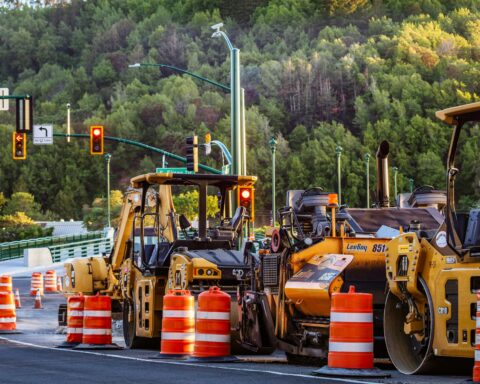The demand for walkable urban real estate in the United States far exceeds supply, and high prices are making it accessible only to those with substantial housing budgets, according to a recent study that confirms what most people who have recently shopped for housing already know.
Foot Traffic Ahead 2023, a report released by non-profit Smart Growth America and Places Platform LLC, ranked the top metro areas by their walkable urbanism, considering factors such as commercial rent premiums, multifamily rental rates and for-sale home prices.
Smart Growth America, a nonprofit organization that focuses on climate change, racial equity and creating healthy communities, said the housing was available for those who could afford it, but not necessarily for those who most needed it.
“Foot Traffic Ahead demonstrates that people want to live in walkable urban places, but there’s often not enough housing where folks need it, making it unaffordable and inaccessible to low- and moderate-income people, and to many communities of color,” said President and CEO Calvin Gladney. “As the market continues to choose walkable urbanism, it is critical for policymakers to protect existing affordability, promote new affordable housing and remove barriers to increasing the supply of housing overall. All people deserve access to the quality-of-life and economic benefits that walkable urbanism can provide.”
The report found that 19.1% of the total U.S. real Gross Domestic Population (GDP) and 6.8% of the U.S. population are in walkable urban places that represent just 1.2% of total landmass of the top 35 U.S. metros.
“This is notable as it is illegal to build walkable urban densities and mixed-use development on much of the 98.8% of land that is car-dependent due to restrictive zoning policies in most metropolitan areas,” Smart Growth America said.
Tools to address high prices and short supply include zoning reform to increase walkable urban land supply and expansion and investment in affordable housing, Smart Growth America said.
Foot Traffic Ahead was the first major study analyzing the real estate market in walkable urban places after Covid-19, Smart Growth America said.
According to the report, the pandemic negatively impacted office-dominated downtowns, but found that downtown-adjacent walkable urban places surrounding downtowns, urban bedroom neighborhoods, urban universities and urbanizing suburbs grew during the pandemic, demonstrating a preference for walkable places beyond the traditional downtown.
The top 20 cities according to the study are:
1. New York
2. Boston
3. Washington, D.C.
4. Seattle
5. Portland
6. San Francisco
7. Chicago
8. Los Angeles
9. Pittsburgh
10. Philadelphia
11. Minneapolis-St. Paul
12. Miami
13. Charlotte
14. Austin
15. Atlanta
16. Denver
17. Cleveland
18. Houston
19. Columbus
20. Baltimore
All news and information on this site is provided by the team at Strategic Partnerships, Inc. Check out this short 1-minute video that provides a quick overview of how we work with clients.













